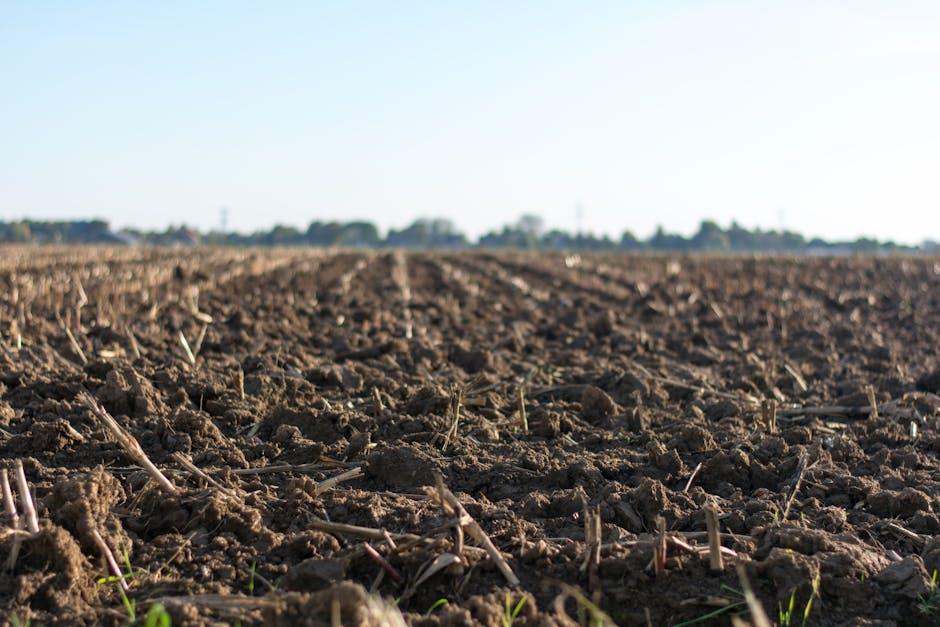Soil health plays a crucial role in the growth and development of trees. Understanding the importance of soil quality and its impact on tree growth is essential for maintaining a healthy and thriving ecosystem. In this article, we will explore the key factors that contribute to soil health for tree growth, and how to effectively manage and improve soil conditions to support optimal tree growth. Soil health plays a crucial role in the growth and development of trees. Healthy soil provides the necessary nutrients, water, and oxygen that trees need to thrive. When soil health is compromised, it can have negative effects on tree growth and vitality. There are several key factors that can affect soil health for tree growth, including:
– pH levels: The pH of the soil can impact the availability of nutrients for trees. Different tree species have specific pH requirements for optimal growth.
– Soil compaction: Compacted soil can limit root growth and water infiltration, leading to stunted tree growth.
– Nutrient deficiencies: Lack of essential nutrients like nitrogen, phosphorus, and potassium can hinder tree growth and overall health.
To improve soil health for optimal tree growth, measures can be taken such as:
- Adding organic matter: Composting, mulching, or adding organic amendments can help improve soil structure and fertility.
– Avoiding over-fertilization: Excessive use of fertilizers can disrupt the natural balance of nutrients in the soil.
– Rotating crops: Planting different tree species in the same area can help prevent nutrient depletion and soil-borne diseases.
Soil compaction is another issue that can impact tree growth. Compacted soil restricts root growth and reduces the soil’s ability to absorb water and nutrients. This can lead to nutrient deficiencies, water stress, and overall poor tree health. To prevent soil compaction, it is important to avoid heavy machinery on the soil, minimize foot traffic, and use mulch to protect the soil surface.
Nutrient deficiencies in soil can also have detrimental effects on tree growth. For example, nitrogen deficiency can cause yellowing of leaves and stunted growth, while phosphorus deficiency can lead to weak root systems and poor fruit development. It is important to regularly test the soil for nutrient levels and address any deficiencies through fertilization or soil amendments to ensure optimal tree growth.
Q&A
Q: Why is soil health important for tree growth?
A: Soil health directly impacts the growth and development of trees by providing essential nutrients and support for their roots.
Q: How can poor soil health affect tree growth?
A: Poor soil health can lead to nutrient deficiencies, root rot, and limited water absorption, resulting in stunted growth and increased susceptibility to diseases and pests.
Q: What are some ways to improve soil health for tree growth?
A: 1. Testing the soil to determine its nutrient content.
2. Adding organic matter such as compost or mulch to improve soil structure.
3. Avoiding compacting soil by limiting foot traffic and heavy machinery in tree root zones.
4. Properly watering trees to ensure they receive adequate moisture.
Q: How can beneficial microorganisms in the soil contribute to tree health?
A: Beneficial microorganisms such as mycorrhizal fungi can form symbiotic relationships with tree roots, aiding in nutrient uptake and overall tree health.
Q: What role do earthworms play in maintaining healthy soil for tree growth?
A: Earthworms help to aerate the soil, improve drainage, and break down organic matter, contributing to a healthier soil environment for tree roots.
Q: How does soil pH affect tree growth?
A: Soil pH can impact nutrient availability to trees, with most trees preferring slightly acidic soil conditions. Testing and adjusting soil pH levels can help promote optimal tree growth.
Conclusion
In conclusion, maintaining soil health is crucial for promoting optimal tree growth and overall ecosystem vitality. By understanding the key factors that contribute to soil health and implementing sustainable practices, we can ensure that our trees thrive and continue to provide numerous environmental, social, and economic benefits. Remember, healthy soil equals healthy trees. Thank you for reading and stay tuned for more informative articles on sustainable gardening practices.
Simpsons Tree Services, Servicing Melbourne’s North Eastern Suburbs
Book a quote online at www.simpsonstrees.com.au




